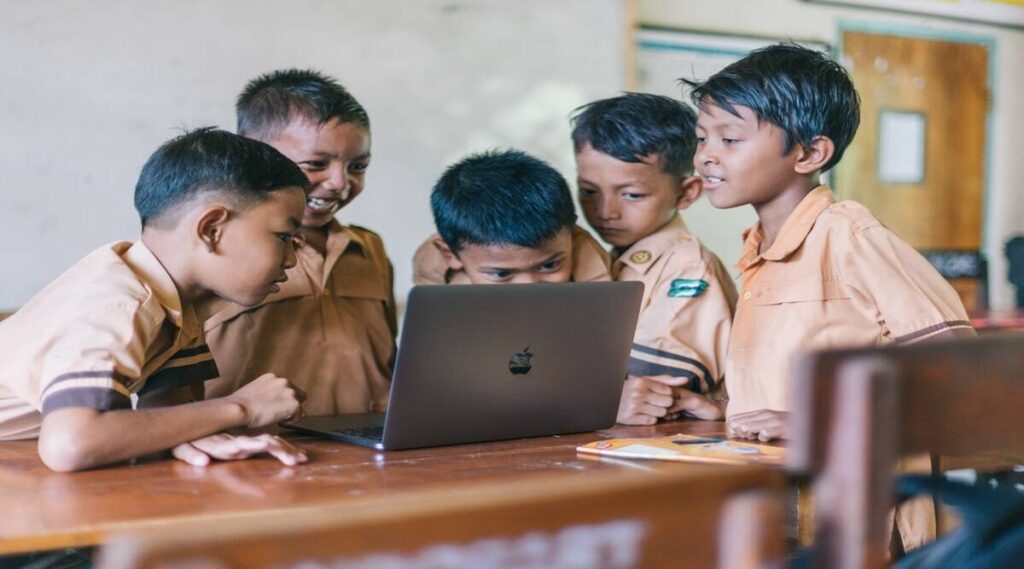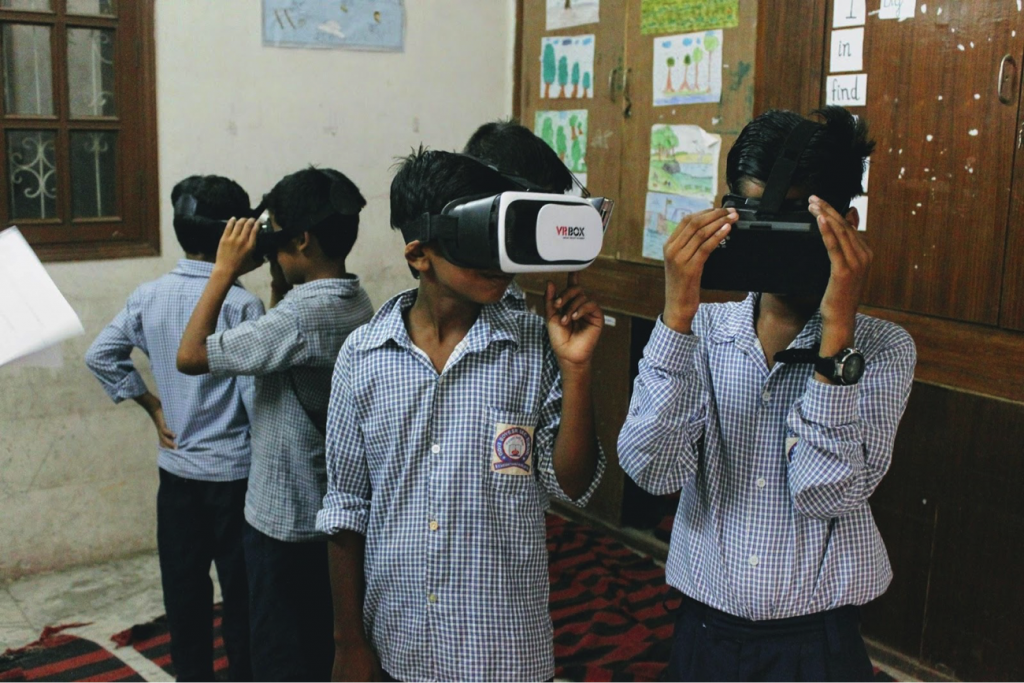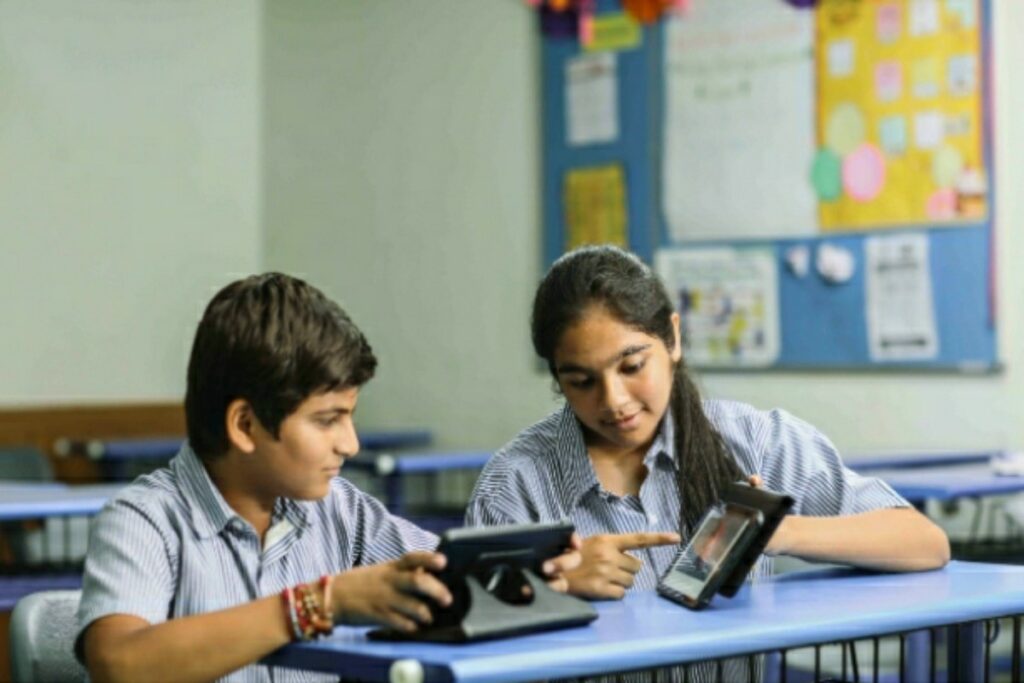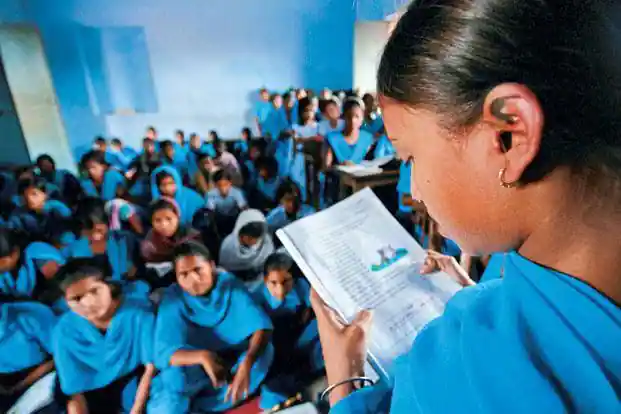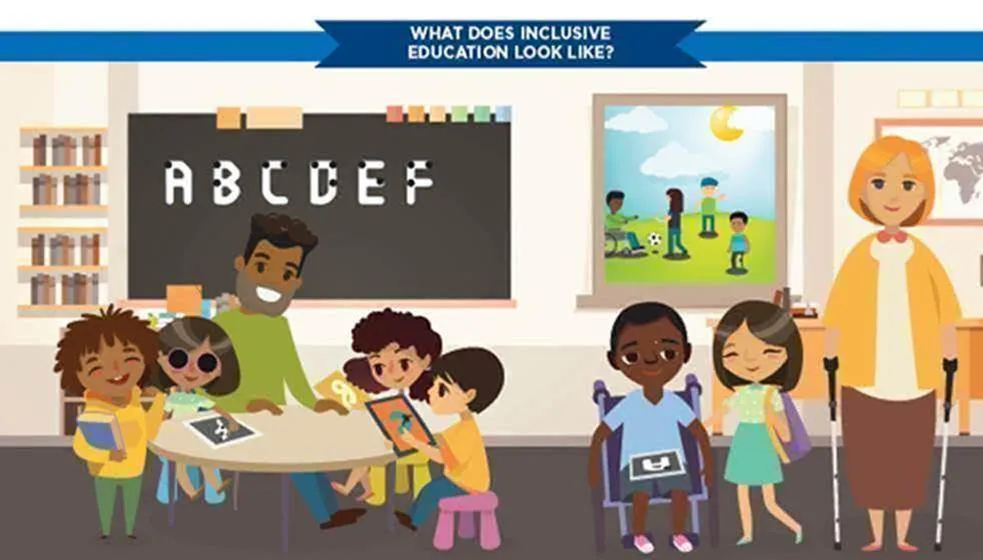Respecting parents is an essential aspect of a healthy and loving relationship between children and their parents. It is important to recognize the sacrifices and hard work that parents have made in raising their children and to show appreciation and gratitude for their efforts. Here are the best respect parents quotes.

- “There is no friendship, no love, like that of the parent for the child.” – Henry Ward Beecher
This quote emphasizes the deep and profound bond that exists between parents and their children. It highlights the unconditional love and devotion that parents have for their children and emphasizes the importance of honoring and respecting that relationship.

- “The most important thing that parents can teach their children is how to get along without them.” – Frank A. Clark
This quote reminds us of the ultimate goal of parenting – to prepare children to become independent and self-reliant adults. It emphasizes the importance of instilling values, morals, and skills in children so that they can navigate the world on their own.

- “Honor your father and mother.” – Exodus 20:12
This biblical quote emphasizes the importance of honoring and respecting one’s parents. It reminds us of the value of the relationship between parents and children and encourages us to show appreciation and gratitude for their efforts.

- “Respect your parents. They are giving you an at-bat in life. They may not be perfect, but they are the most perfect thing you have in this life’s game.” – John Wooden
This quote highlights the value of the opportunity that parents give to their children in life. It encourages children to recognize the efforts of their parents, even if they are not perfect, and to show them respect and gratitude.

- “There is no greater love than the love between a parent and child.” – Unknown
This quote emphasizes the profound nature of the love that exists between parents and their children. It encourages us to cherish and honor that relationship, and to show respect and appreciation for the sacrifices and hard work that parents have made in raising their children.
In conclusion, respecting parents is an essential aspect of a healthy and loving relationship between children and their parents. These quotes highlight the importance of honoring and valuing the relationship between parents and children and encourage us to show appreciation and gratitude for their efforts. By respecting our parents, we can cultivate strong and meaningful relationships that will endure for a lifetime.
Read more such articles here







